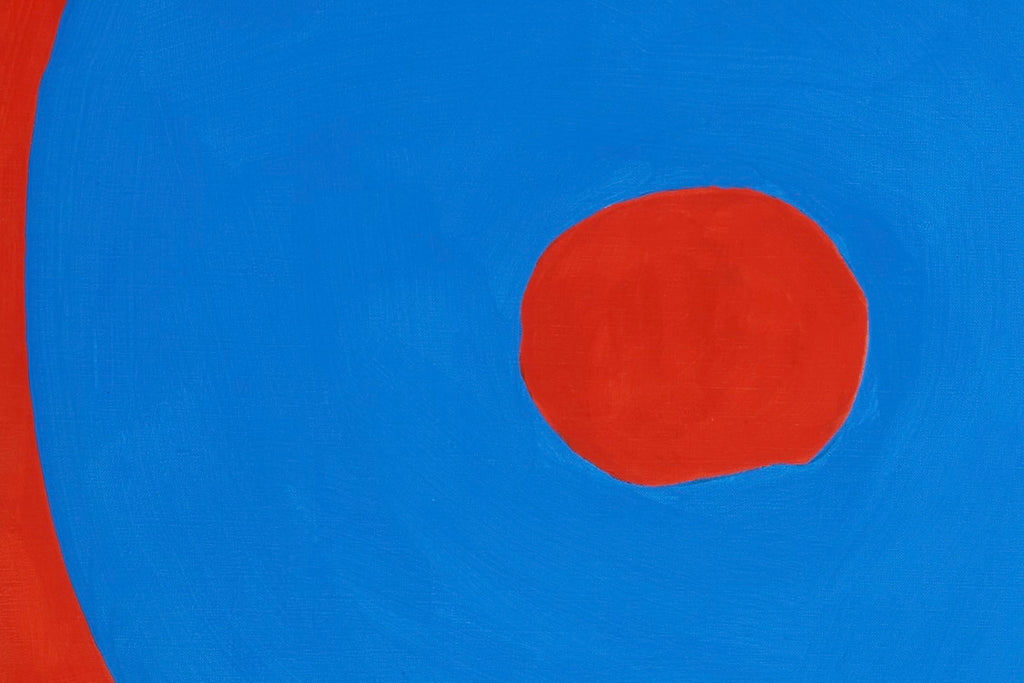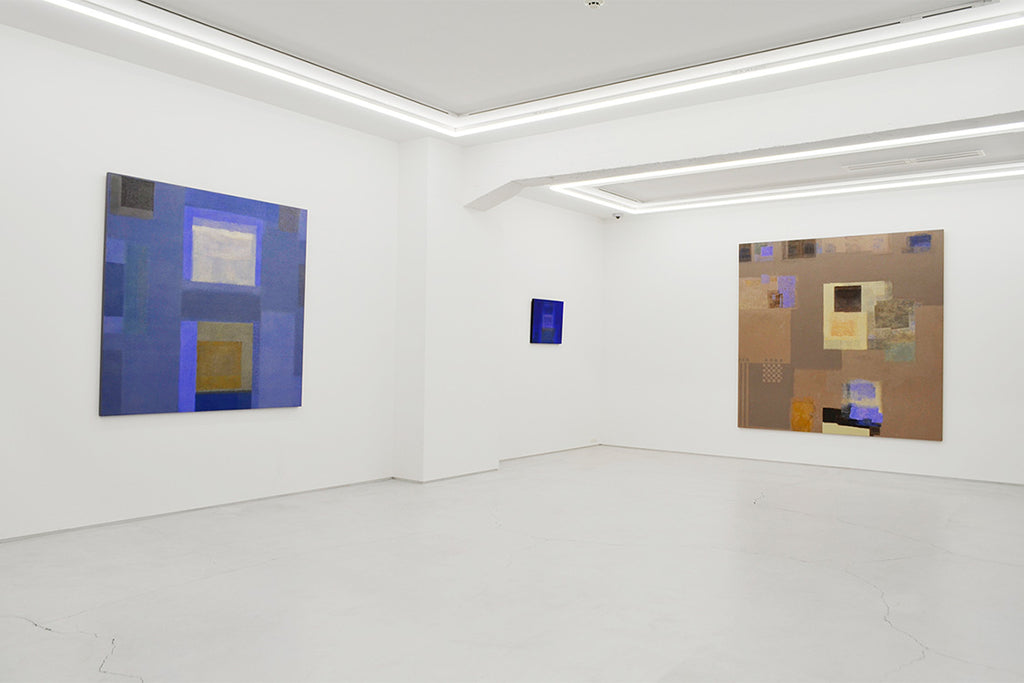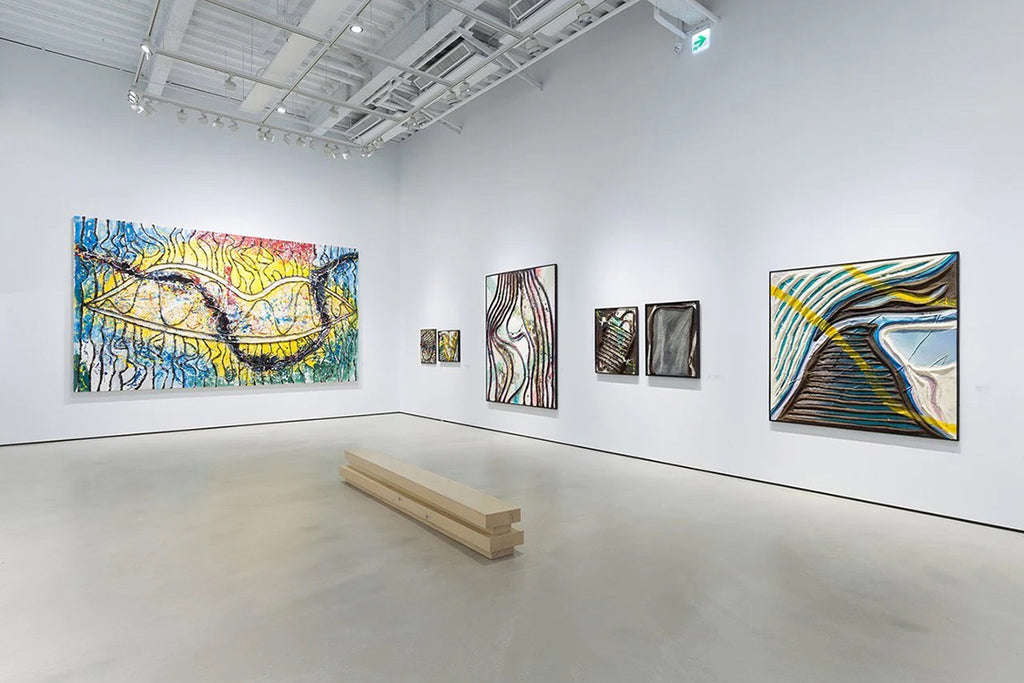ARTICLES
Keiichi Tahara: Light’s Collaborator
A New Appreciation Contemporary Japanese and Asian Art
3/23

A New Appreciation Contemporary Japanese and Asian Art
In our ongoing series, we present the digital archive of the book 'A New Appreciation Contemporary Japanese and Asian Art' This book delves into internationally acclaimed artists and the dynamics of the Asian art market. The third installment introduces Keiichi Tahara, who was Photographer.
Keiichi Tahara: Light’s Collaborator
Junji Ito
Professor, Tokyo University of the Arts Public Collaboration Center
I questioned whether embarking on a re-assessment of Keiichi Tahara’s work was necessary with his art still so fresh in our minds so soon after his death. In the end, I decided it would be better to do this now than to leave a gap in the understand.ing of photography in the future.
I visited Tahara in Paris around 40 years ago when I was an exchange student in Paris. With Oka Makoto’s introduction, I had started writing the ‘Paris Report’ column for the Geijutsu Shincho monthly art magazine. An acquaintance advised me that a Japanese photographer wanted me to take a look at his work.

Keiichi Tahara photo from his Fenêtre series
Photos of Light in the City of Paris
Tahara and his wife welcomed me warmly into their somewhat forlorn apartment in an unfashionable part of town. His first solo exhibition in Japan had just ended and he showed me a small article that was not very favorable.
In a room with a single light bulb hanging down he showed me everything he had produced until then. There were photos of Min Tanaka, and photos from his Fen.tre series. Finally, he showed me photos of a subject elusive to me at first. These were from his .clat (light) series and seemed to be of nothing in particular except light. That was startling. A photograph is obviously created by an optical reaction. The direct exposure photographs of Man Ray and Moholy-Nagy intro.duced a method that led to important expressive directions in 20th century con.temporary art. Tahara’s photographs, however, were different from that. They were not documentations of light but rather reflections of light. I wrote about Ta.hara and became obsessed with this marvelous photographer, convinced he would have a great impact on the history of photography. When he was low on money, Tahara took photos of tourists, but Issey Miyake and Yohji Yamamoto recognized his talent and helped him along on the road to recognition. Some years later, in 1985, when we both happened to be based in Japan, I curated the exhibition we called Architecture Fin-de-Si.cle introducing Tahara’s photo record of turn of the century buildings. The exhibition space itself became an architectural environ.ment and we struggled to accomplish this in a period of 21 days. Fortunately, the exhibition was very well received and became the basis for subsequent activities.
In a strange sense, artists and curators have a relationship similar to that of the members of a band. When there is a shared vision, teamwork creates energy. However, if the vector becomes slightly out of sync, the rhythm can never be re.covered. Tahara and I were in sync because Tahara transformed his view from photograph production to object production. I understood that he was the singu.lar photographer who had the ability to transition from ‘seeing’ to ‘feeling’ pho.tos. He was a man of talent who could escape the obsession photography invited since the time of the camera obscura.
Tahara returned to France and successfully went on with his life as an artist, but we seem to have lost the desire to work together. When he passed away in 2017, regret naturally welled up inside me. This was for the loss of a dear friend and, more than my personal sorrow, for the loss his death represented to the future of photography.
Keiichi Tahara
Born in Kyoto in 1951. After moving to France in 1971, he was fascinated by the sharp European light and began taking photographs. Based in Paris until 2006, Tahara worked ex.tensively on the theme of light in photography, sculpture, in.stallations, and architecture. His Fen.tre series won the 1977 Grand Prix des Rencontres Arles Photographie, France and he received numerous other awards including the Kimura Ihei Award, Japan and the Chevalier des Arts et des Lettres, France. Garnering international attention, he had numerous exhibitions in Japan and Europe. In 2017, his Photosynthesis 1978-1980 exhibition with dancer Min Tanaka as subject was held. Tahara died in June 2017.
Junji Ito

Born in Nagasaki Prefecture. Graduated Waseda University, Faculty of French Literature in 1976 and completed his Master’s degree at the same university. Studied at the Universite de Paris as a French government scholarship recipi.ent. After returning to Japan, engaged in a variety of interdisciplinary projects as art producer and project planner. Commissioner for the 1995 Venice Bien.nale Japan Pavilion. Awarded the Chevalier des Arts et des Lettres, France in 2002. Honorary Director of the Toyama Glass Art Museum, Professor, Tokyo University of the Arts.
Book Information
Title: A New Appreciation Contemporary Japanese and Asian Art (English Edition)
Publisher : Whitestone Co., Ltd.
Release Date : February 26, 2020
*Information in this article is at the time of publication.



